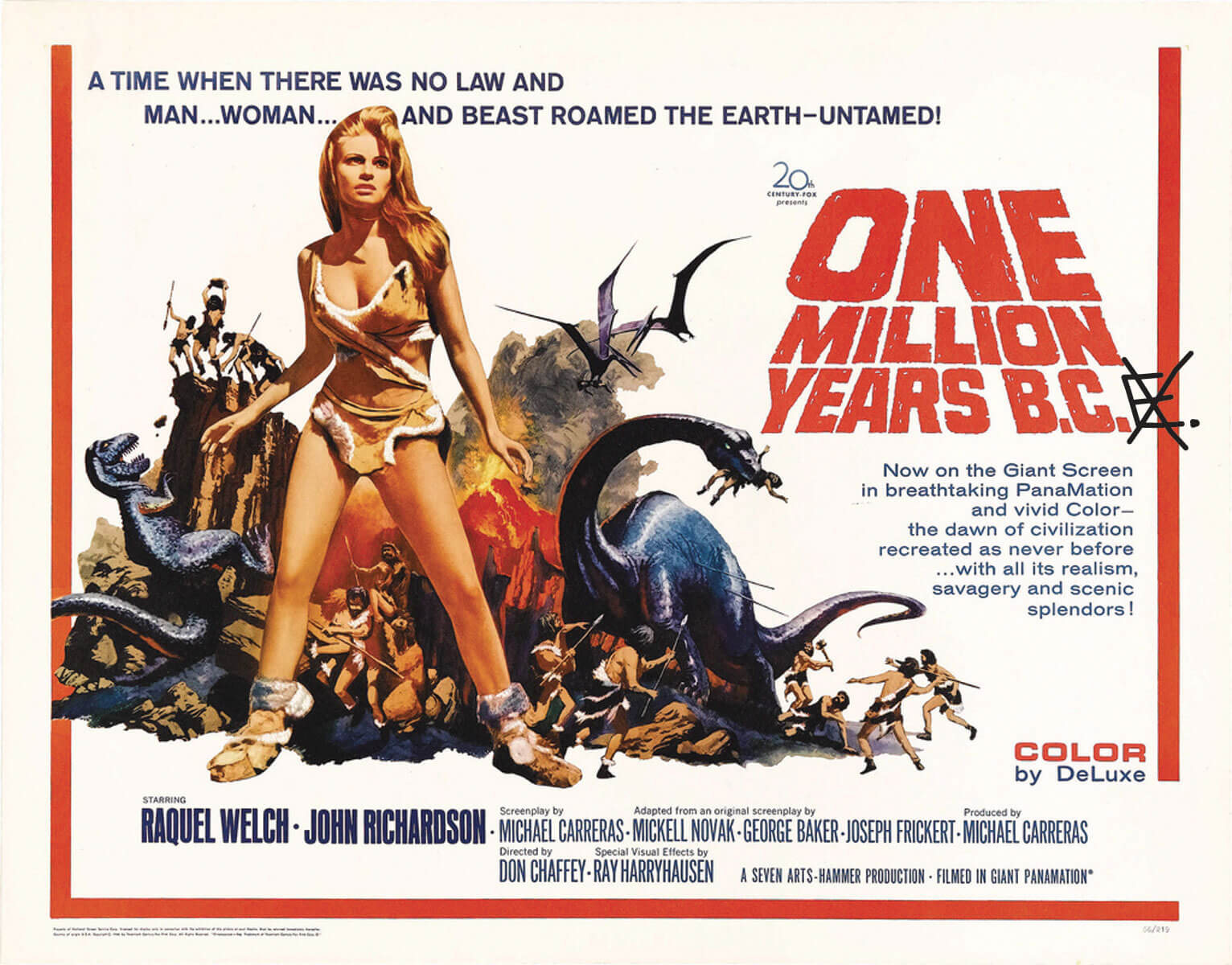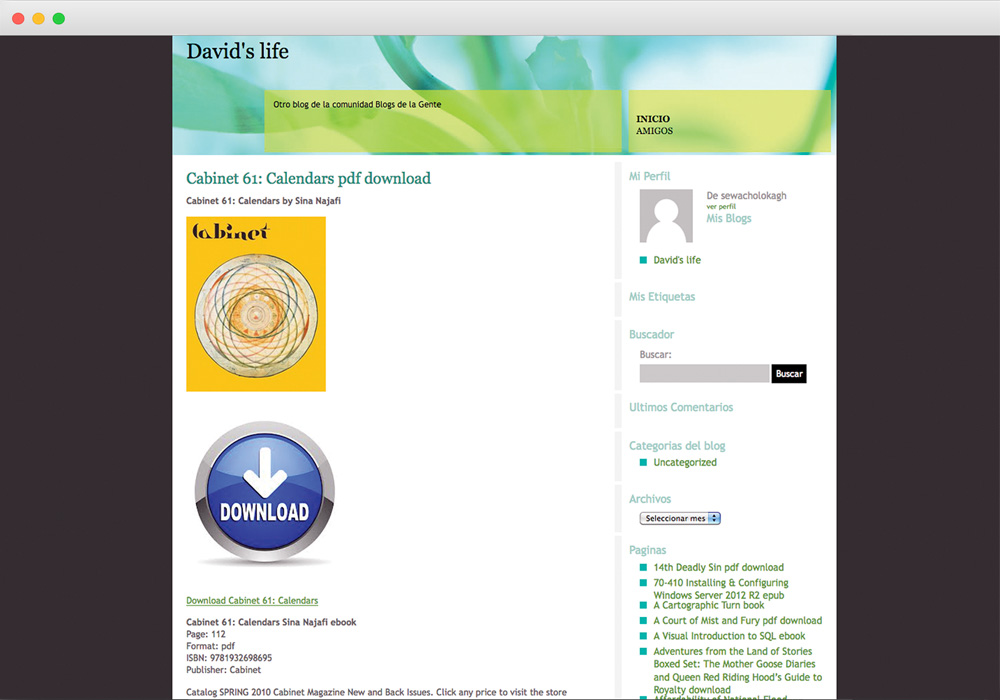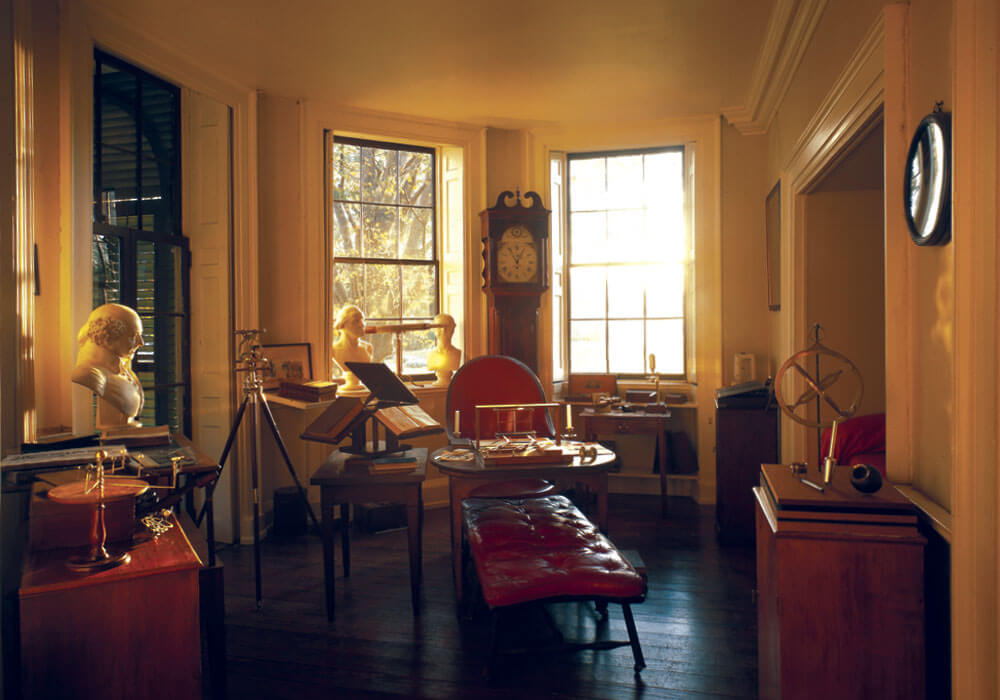Kiosk / Spring–Summer 2016
In the nooks and crannies
Cabinet

Some time ago, Cabinet made the institutional decision to systematize the way the magazine denoted years. Up until then, we had for the most part used BC and AD (“before Christ” and “Anno Domini”), when necessary, to designate dates. We imagined—like many others—that adopting BCE and CE instead (which we understood to mean “Before the Common Era” and “Common Era”) signaled a politically enlightened shift away from an explicitly Christian chronological terminology to one that was more neutral. Lo and behold, while researching the thematic of this current issue, we bumped into Byron Ellsworth Hamann’s excellent essay “How to Chronologize with a Hammer, or, The Myth of Homogeneous, Empty Time,” which sets out a persuasive argument that the BCE/CE system, though perhaps well intentioned, is in fact even worse than what it replaced. For him, “the fatal flaw of attempts to rebaptize the BC/AD dating system with BCE and CE,” is that it “tries to secularize and naturalize a framework that is profoundly religious and artificial.” Even worse, “if BCE and CE are used as abbreviations for ‘Before Common Era’ and ‘Common Era,’ they are also condemned to complicity with a (superficial and unconvincing) denial of European conquest and colonization—which was the process by which a very provincial, originally Catholic model of timekeeping was enforced as a ‘common’ standard throughout the world. Alternatively, if the abbreviations are understood as referring to a ‘Current Era,’ this relegates other calendrical systems (such as the Hijrı-) to an outdated past (a far too common rhetorical move where Islam is concerned).” Hamann’s contribution to this issue, which looks at how nineteenth-century American anarchists addressed these problems, chastened us still further. Following this political enlightenment, we have in fact changed our style sheet back to what it used to be! So we can now say that we are writing this in 2016 AD, according to the Catholic calendrical system—now commonly known as the Gregorian calendar—mandated by the Council of Trent in 1563. We are also writing it in 1438, according to the Islamic calendar; in 4714, according to the Chinese calendar; in 1394, according to the Indian Civil calendar, and so on.
• • •

And so it came to pass that in the Year of Our Lord 2016, the stable chronology promised by our (and any) calendar was once again brought to its knees by the spatiotemporal hallucination that is the Internet. As faithful readers will remember, a website was offering our last issue for download long before we had even begun to edit it. So it seemed only fitting that this, our “Calendars” issue, would suffer the same fate. As we were informed by a Google Alert on 15 August, a site called “David’s Life” had this very issue on offer for download. And for free! David seemed like a pleasant enough fellow, and so in an effort to expedite the production process and get you your issue earlier, we went ahead and downloaded it. It was good—at times, even great—certainly good enough for us to pass off as our own work. The only hitch was that it was only 96 pages, rather than the 112 pages that we typically produce. Since we’ve made catching up on our production schedule a priority, we poked around further and discovered that issue 62 was also available for download, and seemed to have been edited in a similarly passable fashion. It is coming your way soon and it too will be slimmer than the typical issue.
• • •
Such a nice number, 96. So superior to ungainly old 112. It can be easily rotated into 66, 69, and even 99! There’s more. According to Neil Sloane’s On-Line Encyclopedia of Integer Sequences (see Margaret Wertheim’s interview with Sloane in issue 57), it is also an octagonal number (hooray!), a refactorable number (yay!), an untouchable number (whoa!), and a semiperfect number. This last quality is especially appealing to us, since semiperfection is precisely what we aim for with each and every issue.
• • •


Numbers are important. Say you want to paint your apartment. You’re a Jeffersonian and you enjoy a touch of presidential nostalgia, so you go to the hardware store and you decide on a paint color from Benjamin Moore’s so-called Classics line: 018, aka Monticello Peach. But when the clerk writes down the number, he writes 180 by mistake. Now, that number designates a paint color called Beverly Hills, which, not surprisingly, is the color of gold. You come home and instead of finding shelter in Jeffersonian restraint, you end up in an apartment showcasing Trumpian excess. Some version of this mishap occurred during the production of our last issue, where a simple transposition of numbers by our printers resulted in the subdued, matte varnish we normally use on our cover being replaced by a very flashy, high-gloss finish. It is so damn shiny. The printers offered to remove every cover by hand and redo them, but the delay would have added an extra season to the issue (see previous page). Only European newsstand copies were finally redone. Readers: do not imagine that this cover was a prescient nod in the direction of the world we are slouching toward as of 9 November 2016 AD (Anno Domini), or, perhaps what will come to be known as 9 November 1 AD (Anno Donaldi).
• • •

Our only hope is that our next president finds the charms of fishing sooner rather than later. No need to wait for retirement, like Herbert Hoover and others! (See Justin E. H. Smith’s essay in this issue.) The charms of the stream await; the trout are eager to be caught and eaten by a powerful man. We have ordered a copy of Hoover’s Fishing for Fun, and To Wash Your Soul to be delivered to 1600 Pennsylvania Avenue, Washington, DC, on Friday, 20 January 2 AD.